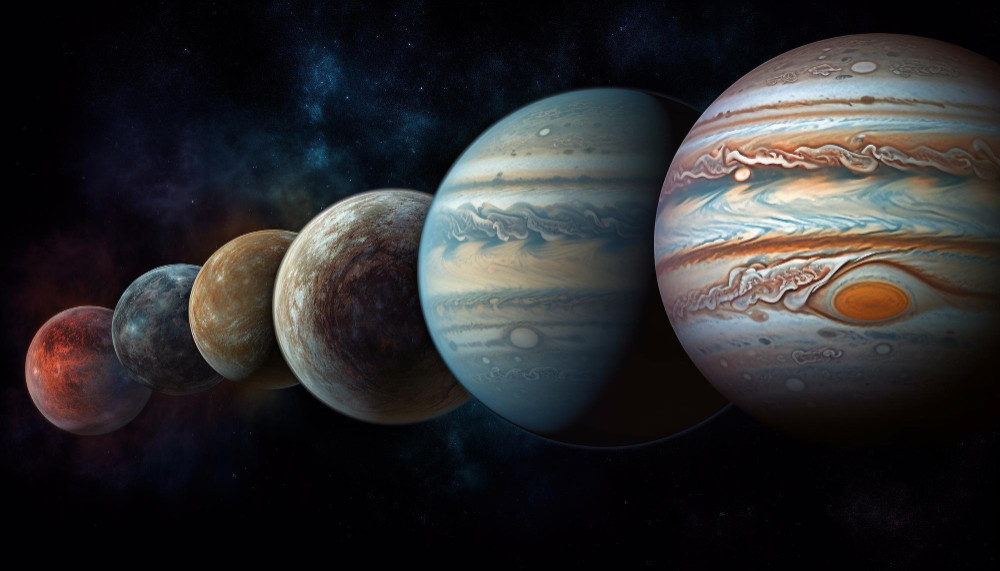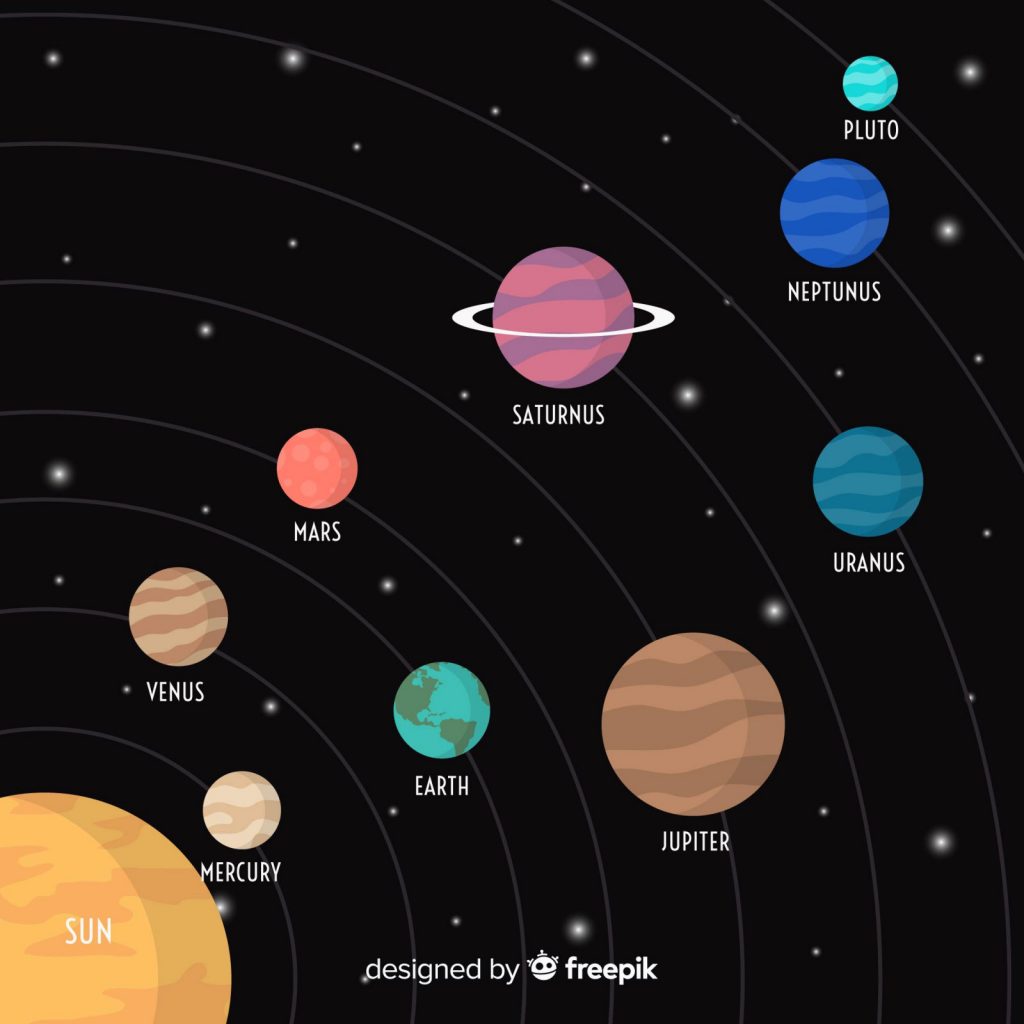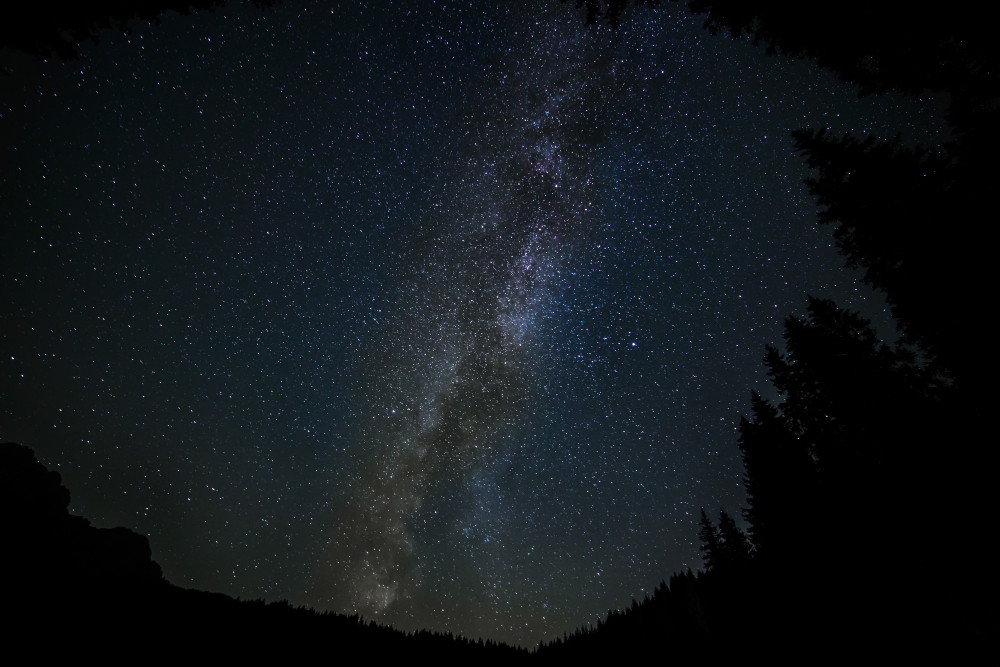Seven Planets Align in the Night Sky in a Rare Celestial Spectacle

© stockgiu / Freepik
What does it mean when seven planets align in the night sky?
Tonight the heavens are putting on a show that won’t be repeated for over a decade.
Seven planets will align in a stunning “planetary parade” visible shortly after sunset.
This rare event, known as a great planetary alignment, is a must-see for skywatchers and astronomy enthusiasts alike. Mark your calendars for February 28, the best day to witness this celestial phenomenon worldwide.
What Is a Planetary Parade?

A planetary alignment, often called a “parade of planets,” occurs when multiple planets appear close together in the sky.
While mini alignments (three planets) and small alignments (four planets) happen relatively frequently, a great alignment involving seven planets is exceptionally rare. The last time such an event occurred was decades ago, and the next won’t happen until 2040.
This alignment is made even more special by the timing of a new Moon, which ensures darker skies and better visibility. However, not all planets will be visible to the naked eye.
While Venus, Mars, Jupiter, and Mercury can be seen without assistance, spotting Uranus and Neptune will require a telescope. Saturn, unfortunately, maybe too faint and low on the horizon for most observers.
How to Spot the Alignment?

To catch this cosmic spectacle, find a location with minimal light pollution and a clear view of the horizon.
The best time to start looking is about 30 minutes after sunset when the sky is dark enough to reveal the planets. Begin by scanning below the horizon for Mercury and Venus, then trace your gaze upward to spot Mars, Jupiter, and Saturn.
For those hoping to see Uranus and Neptune, a telescope is essential. NASA’s Preston Dyches recommends waiting until the sky is fully dark to get the best view of these distant giants.
Apps like Star Walk or Stellarium can help you pinpoint each planet’s location.
Just to confirm, the seven planets that will be aligned are Saturn, Mercury, Neptune, Venus, Uranus, Jupiter, and Mars.
Don’t Miss This Cosmic Event

What makes this alignment so extraordinary is the rarity of seeing all seven planets in the same region of the sky.
While weather conditions may impact visibility, clear skies will reward viewers with a breathtaking sight.
If you miss this event, don’t worry—March will offer more opportunities to see multiple planets, including a total lunar eclipse on March 13-14.
So grab your telescope, bundle up, and head outside to witness this once-in-a-generation celestial parade. The universe is putting on a show, and you won’t want to miss it!

You might also want to read: NASA Has Discovered the ‘Ocean Planet’ Where 1 Year Is 11 Days!


